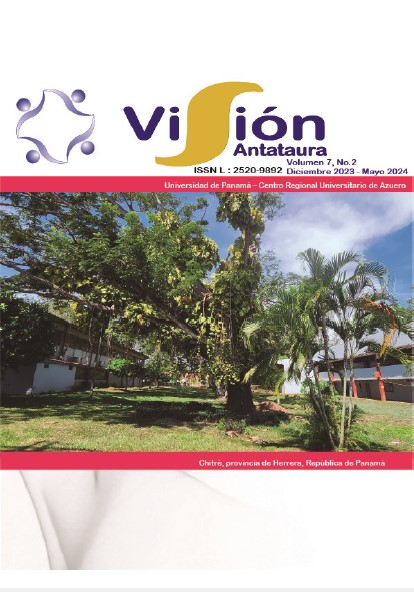

Copyright (c) 2023 Visión Antataura

This work is licensed under a Creative Commons Attribution-NonCommercial-ShareAlike 4.0 International License.
Banks are vital institutions for the functioning of modern economy, allowing companies and people access to financial resources and services to achieve their investment and consumption purposes, promoting macroeconomic development and reducing poverty in countries. Banking has become the main tool for financial inclusion, promoted by states and international organizations. In 2018 and 2019, descriptive-cross-sectional research was carried out with the objective of measuring some variables related to the banking use of the university population in the District of Chitré, from the demand approach and, thereby, describing its main characteristics. The sample was stratified considering the three universities with the highest enrollment. It was observed that the levels of banking use differ between the strata since the levels for teachers and administrators are higher (97.1%) than for students (60.0%). University students bank both through savings and credit (81% and 16%, respectively), they have more than one savings account, in more than one bank, especially to carry out payment transactions. Professors and administrators handle an average of 2.3 credits and students, 1.4. Currently, it is expected that banking penetration indicators will be higher, both due to the dynamics of the advancement of financial technology and due to the positive impacts of the Covid-19 pandemic shown by the increase in the holding of savings accounts and their electronic use to carry out transactions. It is concluded that the university population can be seen as an important market niche, supporting the design of products and services and financial education programs focused on this segment of the general population.